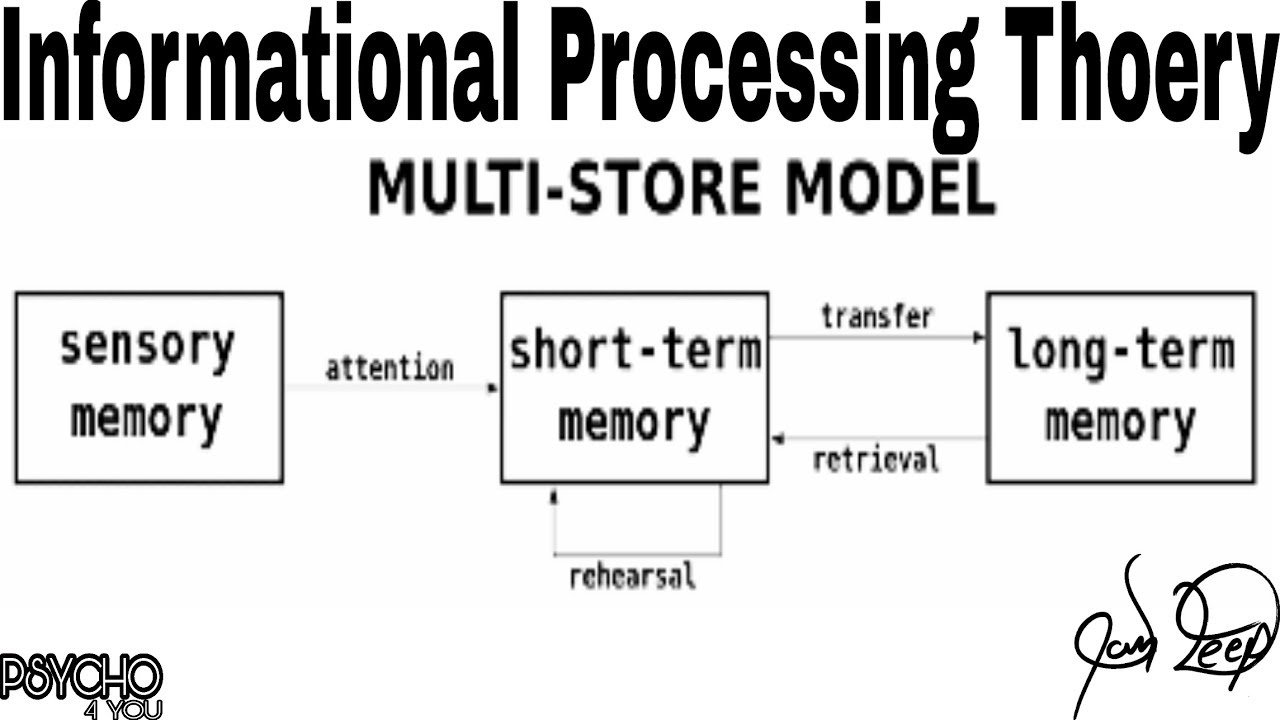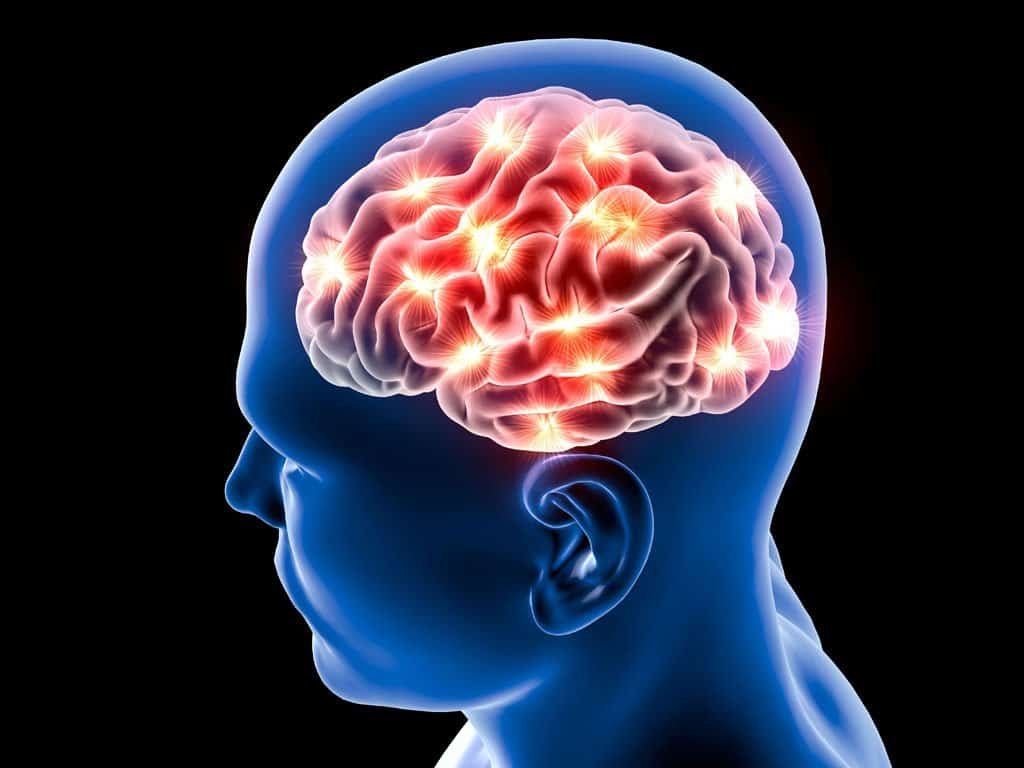How complex are our minds?
There has been a lot of research in the last two hundred years to try and find out more about how the human mind works.
Because there are so many different, complex components, it can be hard to come to definitive conclusions.
Multiple researchers over the decades have proposed various theories about how our brain works. Based on research and various human studies, we are now at a stage of knowing substantially more about what goes on in our minds.
Let’s take a look at one of these theories and how it helps to explain the inner workings of the human mind.
What is Information Processing Theory?
So, what exactly is information processing theory?
Wikipedia explains that information processing theory is the concept that human beings actually process information that goes into the brain.
This is the opposite of the theory that we merely respond to stimuli. This particular theory closely compares the human mind to how a computer works. A machine is responsible for analyzing information that is input from the environment.
Within the information processing theory, there is an information-processing model that categorizes the various tools your brain has. These include bringing in new information through attention mechanisms, actively manipulating information through working memory, and passively holding data in the form of long-term memory.
Information processing theory looks at children and how they grow. It theorizes that as a child grows, its brain matures. This leads to the promotion of their ability to take in and respond to new information that they receive through their senses.
This theory’s primary goal is to emphasize that our brains go through a continuous pattern of development. This is in opposition to the idea of cognitive development, which proposes that the mind goes through different developmental stages, depending on the age of the person.
Comparing Humans to a Computer
So, what about this theory has psychologists comparing the human mind to a computer?
Saul Mcleod breaks down this computer-mind metaphor. He says that the development of computers in the 1950’s had a substantial influence on psychology as it existed then.
In fact, computers were almost solely responsible for the cognitive concept becoming the key approach in psychology as we know it today. The cognitive approach overtook behaviorism theory.
Cognitive psychologists now had an analogy to use when trying to describe how they believed the human brain processes new information. Because the computer is a tool to illustrate this theory, it’s often also called the computer analogy.
Why did psychologists use a computer to support their theory?
It’s because of how a computer works. A computer codes for inputting information, stores and uses information, all with the goal of producing an output.
Cognitive psychologists believed this closely illustrates how human thought occurs.
This information processing theory believes that t the environment is providing an influx of data, which alters our senses. Our minds can then retrieve the information, stored and transformed through existing mental programs.
Once this process has occurred, this information converts into behavioral responses.
Information Processing Theory: The Two Memories

Let’s take an in-depth look at the type of memory humans have, and how it’s involved in the information processing theory.
Psychologenie begins by discussing short-term memory, otherwise known as working memory. Short-term memory is our brain’s part of the sensory process where information is temporarily stored.
Once our brains have made a decision around this information, it’s either thrown away or shifted to long-term memory. In the short-term memory bank, it lasts for approximately 20 seconds. However, if recalled, it can last for up to 20 minutes.
Repetition and organization are the main components of retaining information. Within the organization category, the primary terms are sequence, component, transitional and relevant. Our brain usually applies the repetition tool when we are learning something new.
Let’s look at long-term memory.
Long-term memory is the part of the mind where memories stay permanently. They are accessible whenever you need them. Encoding information in the short-term memory bank is successful when it’s connected to an existing memory in the long-term bank.
Distributed practice and elaboration are two terms to describe how information is shifted from short-term to long-term memory. If a piece of information is well-planned, it’s easier to store it. Imagery structures of memory help to organize it in the long-term bank.
Fundamental Concepts of Information Processing Theory

We’ve briefly covered the emergence of information processing theory and how memory works.
Now, let’s take a look at the key concepts found within this theory.
Learning Theories explains that the information processing theory has been developed and broadened over the years. One concept to emerge out of psychology recently has been ‘stage’ theory.
‘Stage’ theory is used to describe a straightforward, linear way of the brain developing and processing information. While this has been an influential concept that’s garnered a lot of attention, unfortunately, it tends to simplify the human brain, underestimating its abilities.
Following this idea, the level of processing model was born.
This theory proposed that the information gathered and processed is expanded upon in a variety of different ways. This theory states that our ability to expand on knowledge can potentially affect the brain’s capability of recalling information further down the track.
Psychologists worked on this theory, developing the idea that information could potentially be easily retrieved if our minds access it in a way which is similar to how it was first stored.
Lastly, the connectionist model theorizes that information stores itself in different parts of the brain and all connected together as a cumulative network.
Nature vs. Nurture

Nature vs. nurture is a familiar debate when it comes to the human mind.
Are our behaviors linked directly to our genetics, or do they develop as a result of our environment?
Information processing theory isn’t exempt from this debate.
Psychology explains that the question here is looking at development concerning continuity vs. stages.
Explicitly speaking, does the development of an individual occur continuous, regardless of their environment, or in distinct phases where the environment is very much a key factor?
Piaget, a pioneer of the cognitive development theory, believed that each developmental stage our minds go through is entirely dependent on the developmental stage that came before it.
However, subsequent research into this theory has debunked certain aspects of it. This includes the concept that some children are capable of advanced thinking at younger ages than was first assumed by Piaget.
Observations like this have led to the belief that cognitive development is potentially more of an uneven process, and less linear than initially thought. One recent developmental model promotes the idea that cognitive development occurs in pockets, rather than within a predetermined timeframe.
Information Processing Theory: Current Research
The latest research into this developmental theory has more links to computers than you may think.
Wikipedia says that information processing theory is currently being used to study artificial intelligence. This theory is relevant in settings that go beyond the individual, including family groups and even organizations.
Looking at the family model, individuals within a family will develop mutual and independent schemes that can influence how and what information is taken note of and consequently processed.
Dysfunctions within this theory can happen both at the individual level and family group, inevitably creating more goals for change in therapeutic models.
P.R. Rogers focuses on information processing theory with business organizations.
Through this model, he can conclusively determine whether a business model is effective or ineffective. Organizations focus on market information, and how well they process and subsequently store said information.
This concept includes the gatekeepers of an organization and their role in determining what information is worth keeping and what is disposable. The information processing theory is helpful and practical for testing business organizations and their overall profitability, based on their memory models.
Looking at Information Processing Theory
As humans, we are fascinated with how the brain works.
It’s one of the most complicated parts of our makeup. While we can open it up and study its anatomy, it’s much harder to assess the chemical networking’s that occur within the grey matter, making up our thoughts and memories.
Psychologists have spent many years theorizing how the brain works when it comes to absorbing external information, processing this information and eventually storing it.
Information processing theory believes that our brains work like computers, dutifully assessing new information so that we can make qualitative decisions about how we respond. This theory also proposes that our minds store data as a computer would.
Whether our brain works by slowly linearly developing over time or sporadically experiencing bursts of development, what we do know is that everyone is capable of storing memory. The debate will continue on how we do this.


